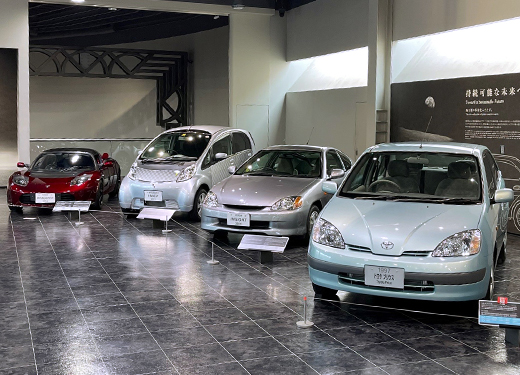Facilities
Automobile Gallery
The Advancement and Diversification of Motorization
- ZONE 9-13
- From the 1950s to the present
The five exhibition zones on this floor follow the progress and challenges of the worldwide auto industry from the 1950s to the present day.

- ZONE 9
- 1950s
Re-ignition of American,
European, and
Japanese Car Industries
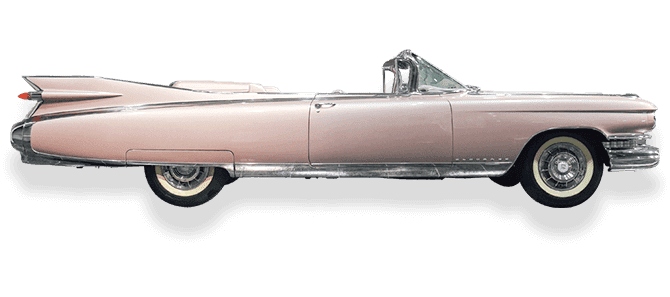
American cars grew larger, European cars made "compact" attractive became more compact, and Japanese cars searched for a way forward
The vehicles from U.S. manufacturers grew larger and larger as they sought to provide greater comfort and luxury, but at the same time compact-size European cars were a hit in the U.S. car market. In Japan, the level of automotive technology at the automobile manufacturers lagged behind that of those overseas and efforts to catch up were critical to their survival. Some Japanese manufacturers actively introduced the U.S. and European technologies directly into their vehicles, while others chose the more difficult path of committing to their own original technological innovations. These decisions laid the foundations for the changes that would occur in the automobile industry in the years that followed.
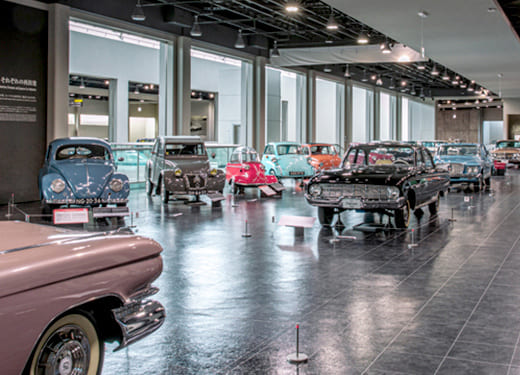
- ZONE 10
- 1960s
Economic Growth &
Expansion of Motorization
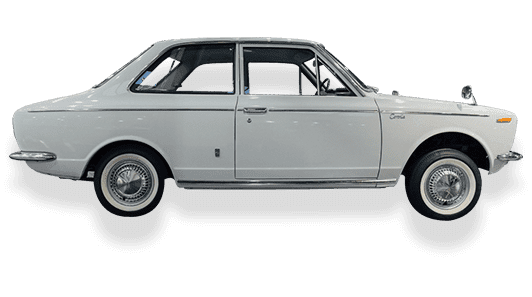
The popularization of passenger cars in Japan
As the standard of living improved in Japan,many more people were able to purchase the so-called "three essential status symbols" : a black and white TV, a washing machine, and a refrigerator, and this in turn led to the accelerated growth of the Japanese economy. The time when it was a realistic possibility for the average citizen to own an automobile had finally arrived.
Dream Cars: Demanding better cars
Many consumers around the world started to demand luxury automobiles and vehicles with higher levels of performance and more stylish designs, which led to the release of vehicles in the U.S. that were major hits. In Japan as well, the manufacturers were quick to seize on this trend and announced sportier vehicles, while also promoting the development of their own unique technological innovations.
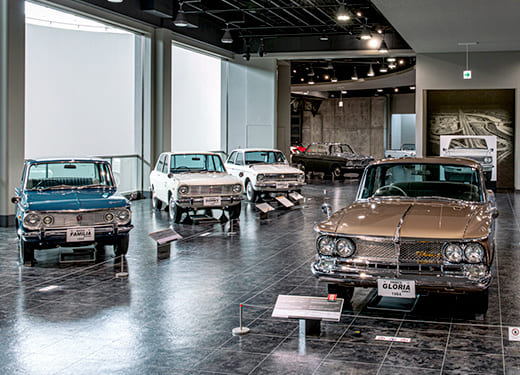
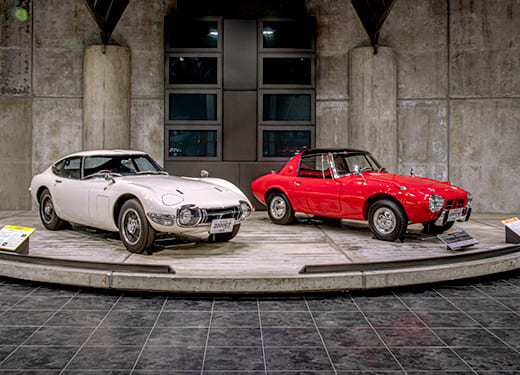
- ZONE 11
- 1970s
A Trying Time /
Surfacing of social issues
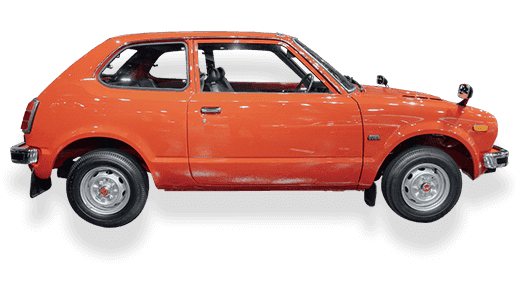
Acceleration of introducing with the environmental technologies and the safety technologies
The increasing popularity and wide use of automobiles created new social issues, such as traffic accidents and air pollution. The citizens in many countries demanded reforms and this resulted in new laws and regulations. It was certainly a trying time for the automobile manufacturers, but it was also a critical turning point when the development of environmental and safety technologies made rapid progress.
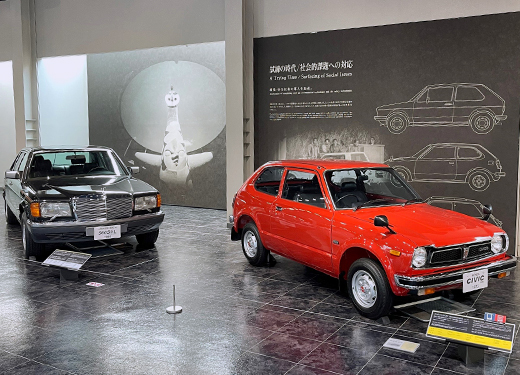
- ZONE 12
- 1980s
The Birth of
New Vehicle Types
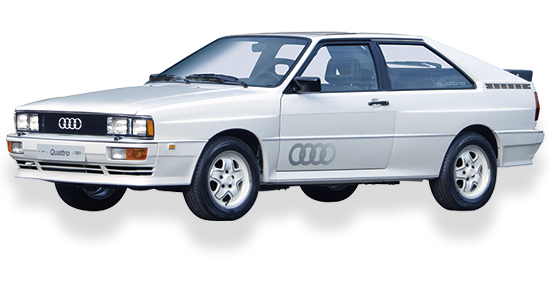
The creation of new automobile categories to meet a variety of consumer needs
New vehicle models, such as minivans and crossover SUVs, began to appear and replaced conventional sedans in an effort to keep pace with the growing diversification of consumer lifestyles. At the same time, Japanese automobile manufacturers also began to expand their presence overseas. Greater emphasis was placed on developing vehicle models that were tailored to their destination markets and local production was promoted as the age of globalization made rapid progress.
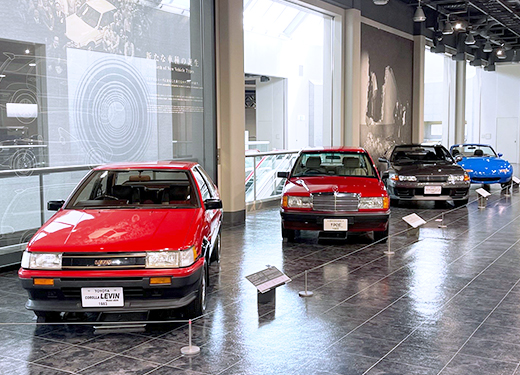
- ZONE 13
- 20XXs
Toward a Sustainable Future
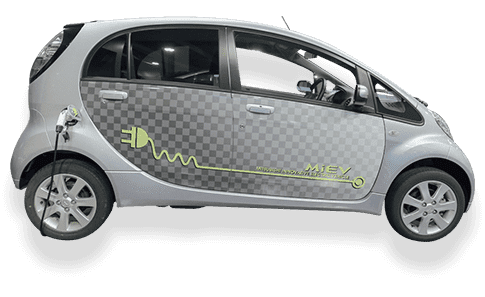
The diversification of power sources again
In the 1990s there was growing awareness of environmental issues, such as global warming, from a truly global perspective and the arrival of hybrid vehicles that had only half of the CO2 exhaust emissions of conventional vehicles was the start of a new era in which the environmental-friendliness of a vehicle became a large part of its appeal. The popularization and wide acceptance of hybrid vehicles helped to accelerate the development of other technologies for electric and fuel cell vehicles so that they too may one day go into practical use.
